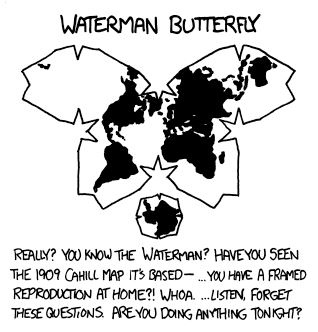Wow, satellite photography sure has improved since 1965.
baltakatei
/ˈbɑːltəkʊteɪ/. Knows some chemistry and piping stuff. TeXmacs user.
Website: reboil.com
Mastodon: baltakatei@twit.social
- 0 Posts
- 3 Comments
Joined 1 year ago
Cake day: June 12th, 2023
You are not logged in. If you use a Fediverse account that is able to follow users, you can follow this user.

 2·4 months ago
2·4 months ago- Map key (and split map copy): “Back Matter” PDF (19 MB) from the map + article at geoscienceworld.org
- Text explanation in article without map at USGS.gov (see page 7 of 28)
Unfortunately, I cannot find a non-rasterized digital version even though the original clearly was a digitally typeset document.

From The Knowledge (2014) by Lewis Dartnell, chapter 9 “Transport”. Cited works for the history of electric cars are: